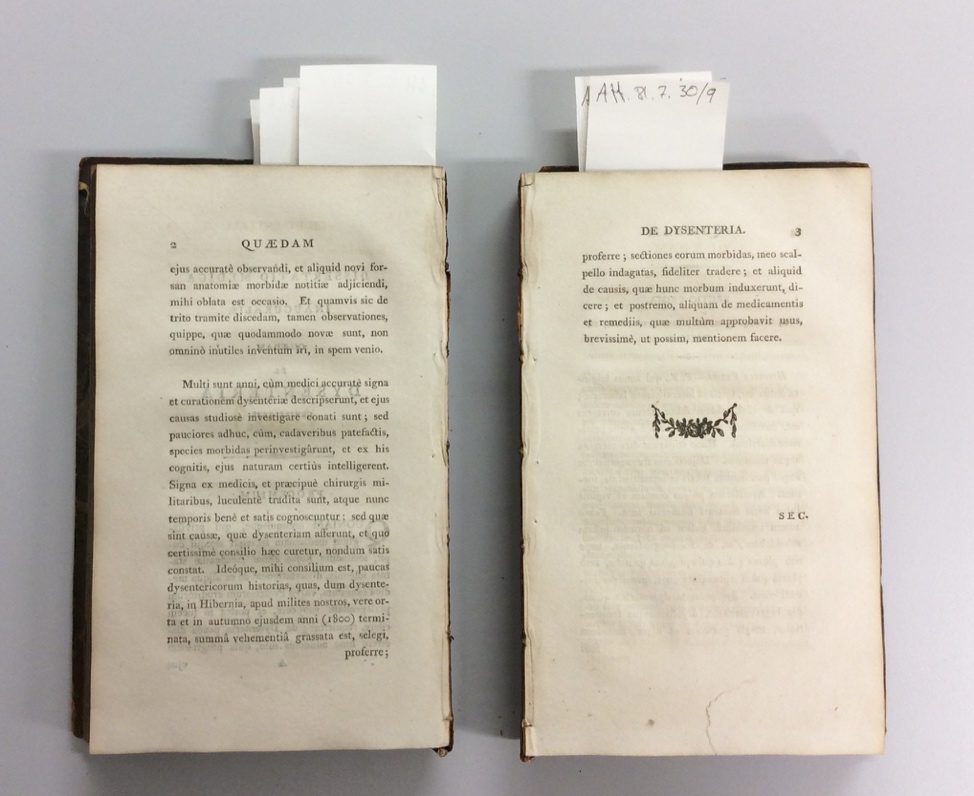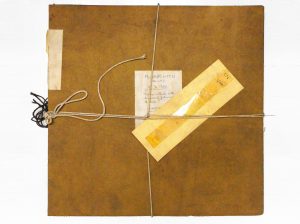This week, Projects Conservator Nicole introduces a brand new project she is working on at the CRC…
I am currently working on a 6-month pilot project to conserve three collections of Scottish Session Papers prior to digitisation. The collections are held across three institutions: the Advocate’s Library, the Signet Library and here at the Centre for Research Collections. These collections consist of around 6,500 volumes, comprising of multiple case papers in one volume. The case papers of the Scottish Court of Session are the most significant untapped printed source for the history, society and literature of Scotland from 1710-1850. They cover an extraordinary period in the nation’s history from the immediate aftermath of the Union of 1707 through the Jacobite wars, the Enlightenment, the agricultural and industrial revolutions and the building of Walter Scott’s Edinburgh.




